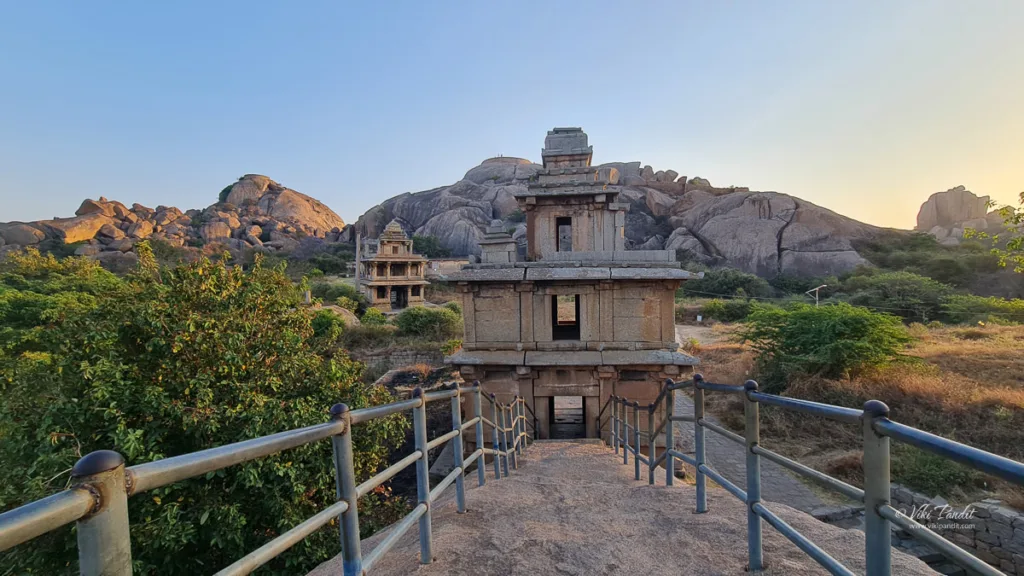Perched atop a cluster of picturesque hills in Karnataka, Chitradurga Fort is a formidable testament to the region’s historical legacy. Dating back to the 17th century, this massive fortification is renowned for its ingenious military architecture, featuring a complex series of concentric walls, bastions, and gateways.
Karnataka

Hoysaleshwara Temple
The Hoysaleshwara Temple in Halebidu, once the capital of the Hoysala dynasty in the 12th century, is a remarkable masterpiece of architecture and sculpture dedicated to Lord Shiva.
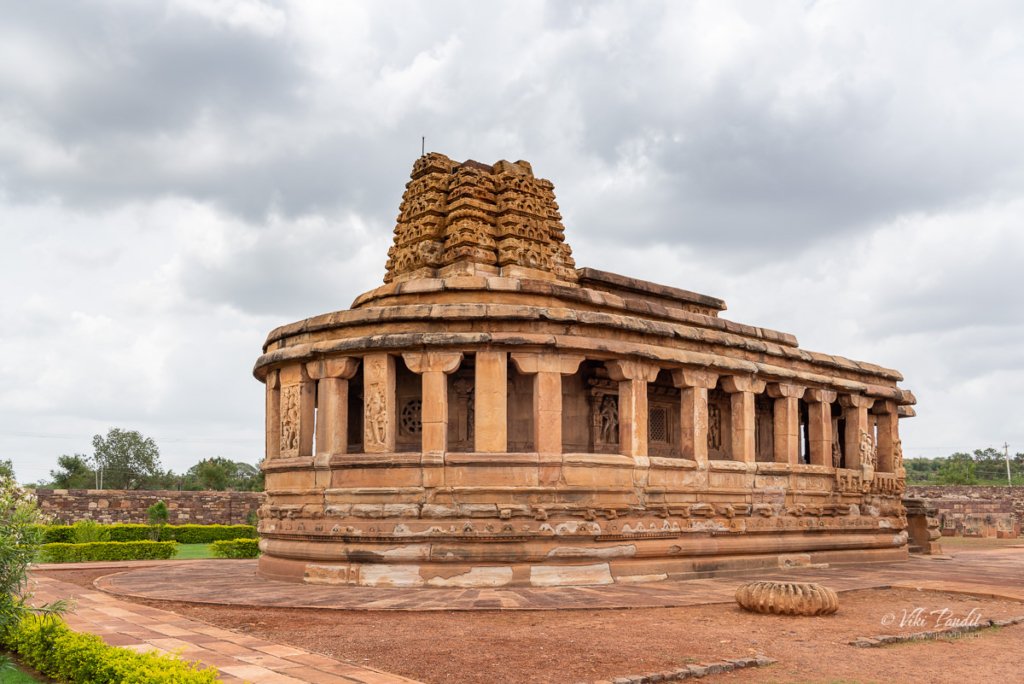
Group of Monuments at Aihole
Today we drive to Aiholi, said to be one of the first regional capital of the Karnakata region under the rule of the Calukyas. The town contains a large number of early Hindu temples and shrines including some outside the walled site that mostly date from the 6th to 8th century CE when the city was at its zenith of prosperity and power.
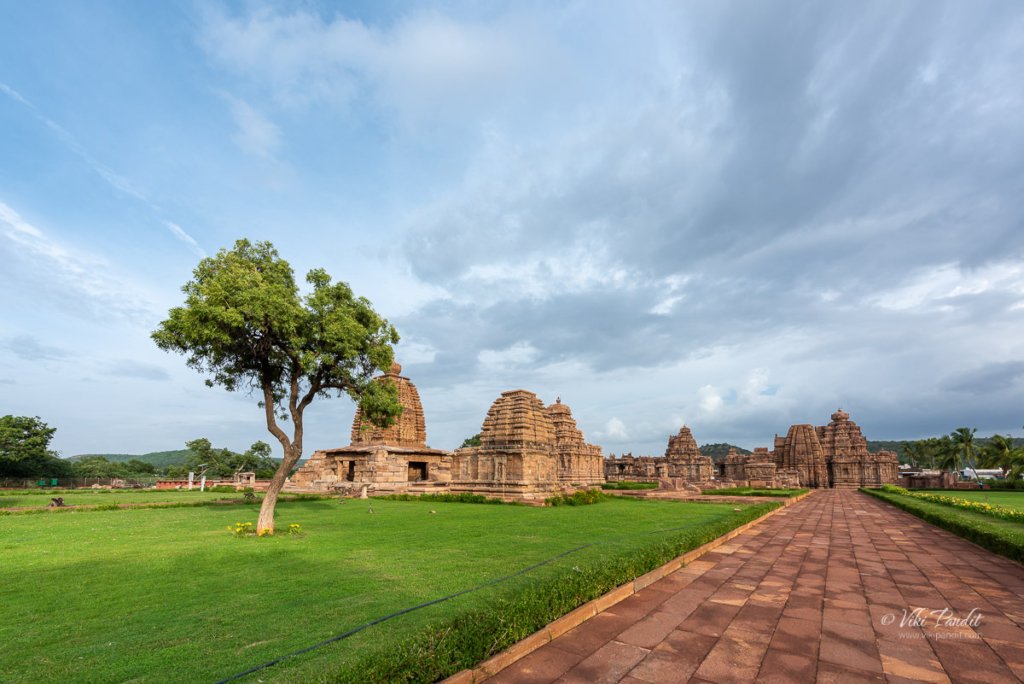
Group of Monuments at Pattadakal
Pattadakal, also called Paṭṭadakallu, is a collection of temples from 7th and 8th century CE Hindu and Jain temples in northern Karnataka. Declared as a UNESCO World Heritage site, it is a historically significant cultural center and religious site to witness the structural tastes during the times of the Chalukya dynasty.
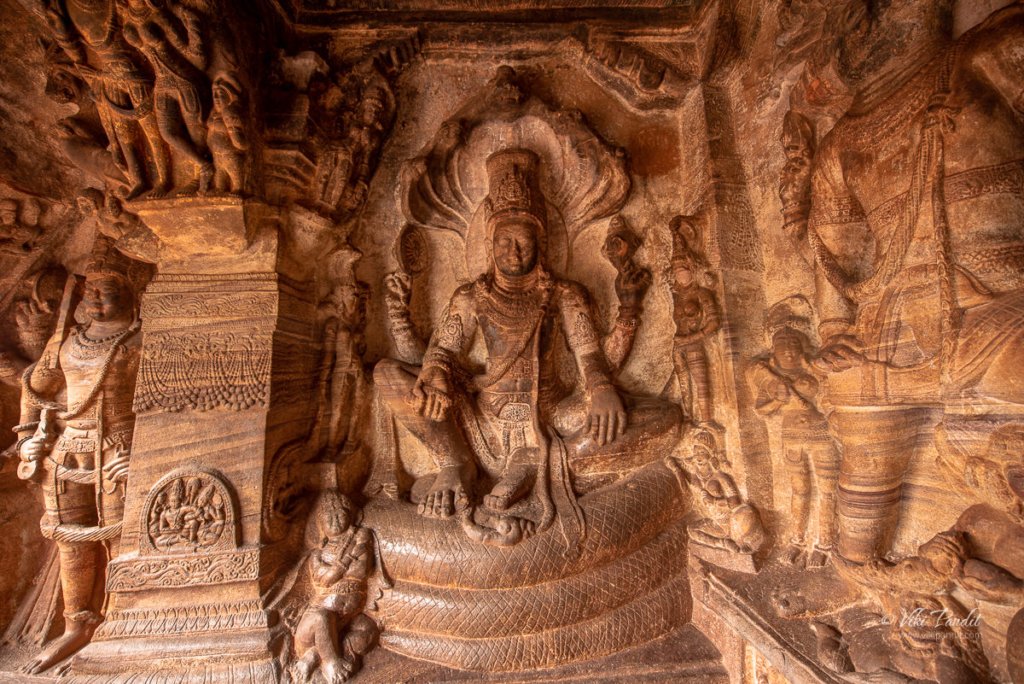
Cave Temples of Badami
Today we hike up a small hill in the quaint town of Badami, in northern Karnataka, to explore the rock-cut cave temples dating back to the 6th century. Primarily commissioned during the times of Chalukya reign, the temples provide an insight into the Indian architecture that influenced the next generation of sculpturing style surrounding regions of south India.
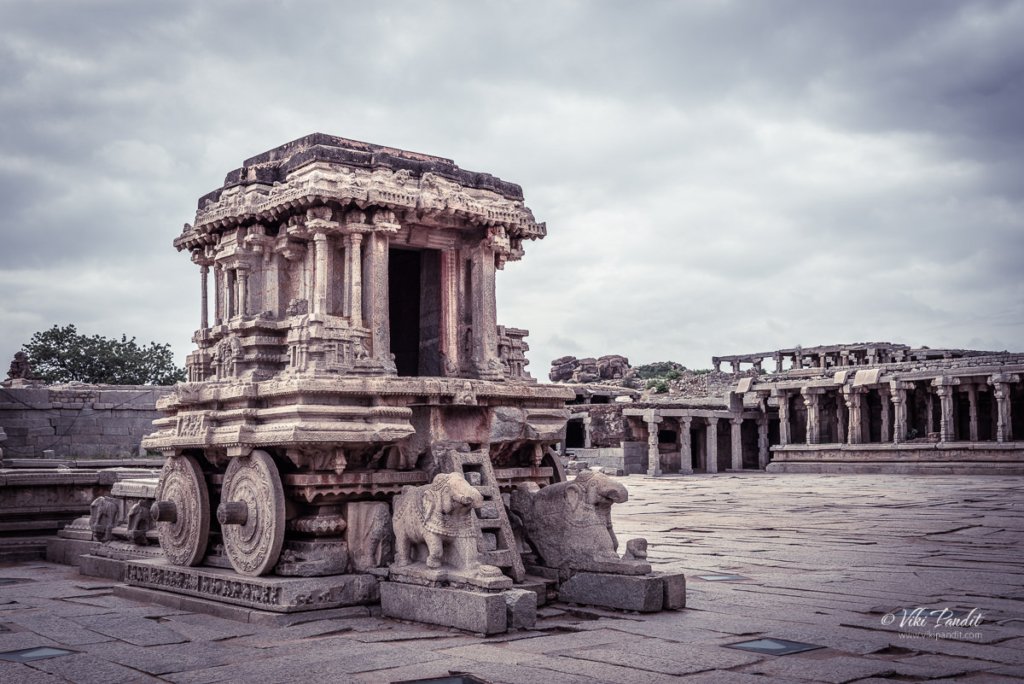
Photowalk to Vijaya Vittala Temple
A simple journal of my third visit to the heritage temple.

Monuments on Hemkuta Hill
Hemkuta hill with its gentle slopes offers a remarkable view of the sprawling ruins of Hampi. The hill contains many abandoned temples and boulder carvings scattered across along with two huge monolithic statues of Ganesha. It is also one of the best places to witness sunsets in Hampi.
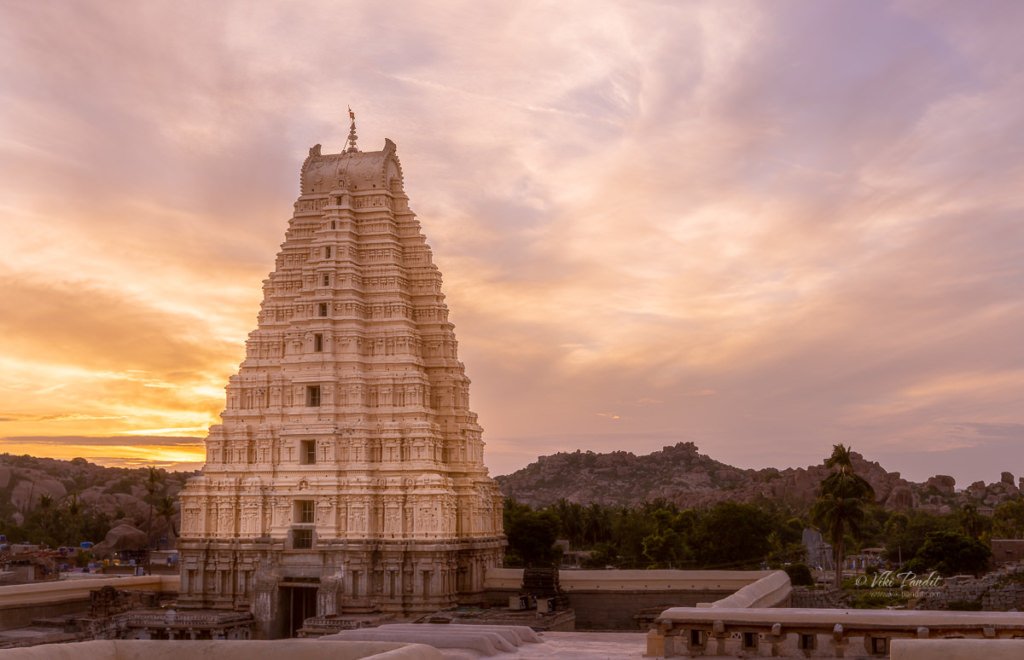
Shades of Virupaksha Temple
Virupaksha was the main center of pilgrimage at Hampi since the dawn of the 7th century. Since then this UNESCO World Heritage Site has been elaborated on by future rulers and especially Krishnadevaraya, the most famous kings of the Vijayanagara Empire, who commissioned the iconic nine-tiered gateway that we identify the temple with today.
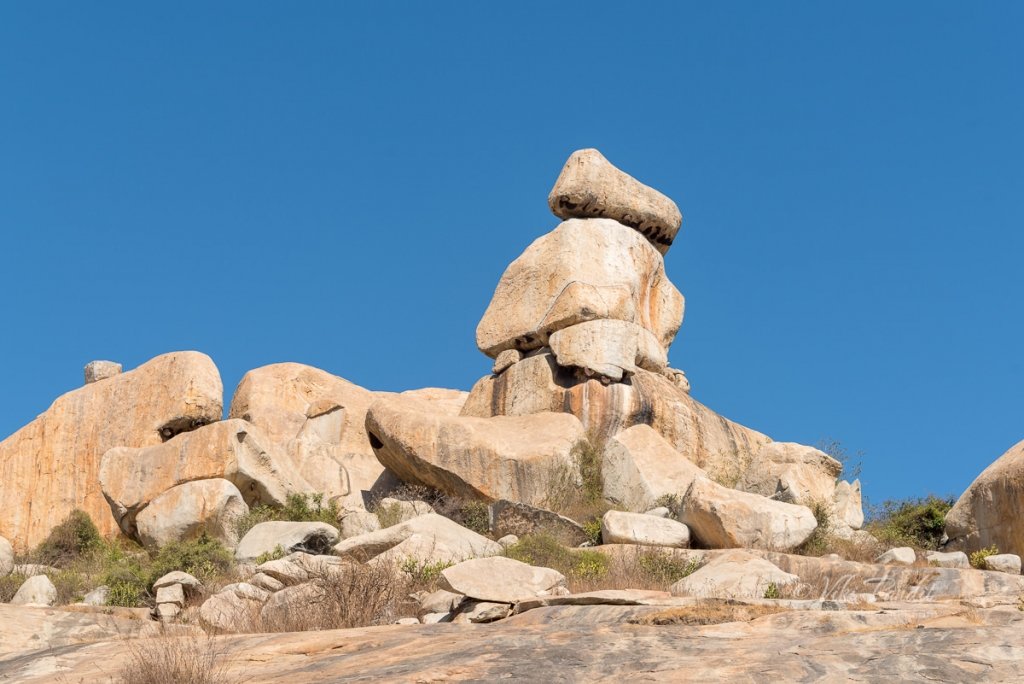
Hike to Avani Betta
The vivid blue skies of Bangalore pushed me out of the cozy sanctity of my home towards this little known hillock in Avani. Just about 80 km away from the bustling city of Bangalore this site finds its name in the legendary tale of Ramayana. Yes, this hill, hidden far away from away from the casual tourists is said to be the location of the ancient ashram of sage Valmiki, who sheltered Sita during her exile, where she gave birth to Luv & Kush.
